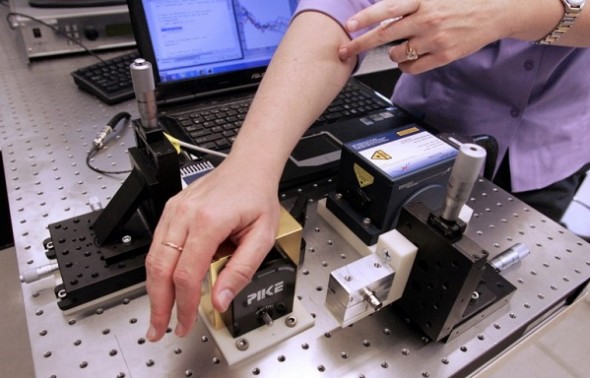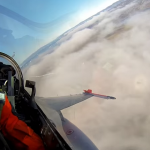OpenAI has launched GPT 5.2, a major model upgrade now available in both the API and ChatGPT. It is described as the company’s most…
Diabetics hopeful laser device succeeds in testing blood sugar levels


Researchers at Princeton University are developing a non-invasive device that uses mid-infrared light to test a diabetic’s blood sugar levels, a process researchers hope will someday replace the current method of pricking one’s finger to draw blood for testing.
One of the most important tasks diabetics must perform multiple times throughout each day is testing their blood sugar levels, whose results are key to helping them assess the amount of food they can consume and the extent of insulin they need to inject in order to maintain their health. As a type 1 diabetic, I can also attest to the annoyance in having to jab my fingers several times a day, and the mild shame I experience when many of my friends inform me of the bloody test strips littering their floors after I’ve left.

The device Princeton researchers are working to perfect directs a laser on the palm of your hand. When the laser comes in contact with the sugar molecules circulating within the interstitial fluid found under the skin, the device detects how much laser light these sugar molecules absorb. The more sugar molecules there are, the more light is absorbed, and vice versa. For diabetics, increased levels of sugar in the blood stream is dangerous, and requires immediate correction either in the form of exercise, insulin, or both.
The accuracy of the device, however, still requires significant improvement. First, testing interstitial fluid to measure blood glucose is not as accurate as testing blood. Current devices that rely on inserting a sensor into the skin to measure blood glucose within the interstitial fluid are used only for “trending” purposes, not as the go-to method. The other issue is mobility. While current blood glucose monitors fit inside the palm of your hand, the laser device is far from portable. Still, the technology is promising, and in time, all of us diabetics look forward to a day when we don’t have to draw blood.
Sabbir Liakat, the lead author of the study describing the laser light, says, “This summer, we are working to get the system on a mobile platform to take it places such as clinics to get more measurements [and] we are looking for a larger dataset of measurements to work with.”
Article originally from TechGenMag


